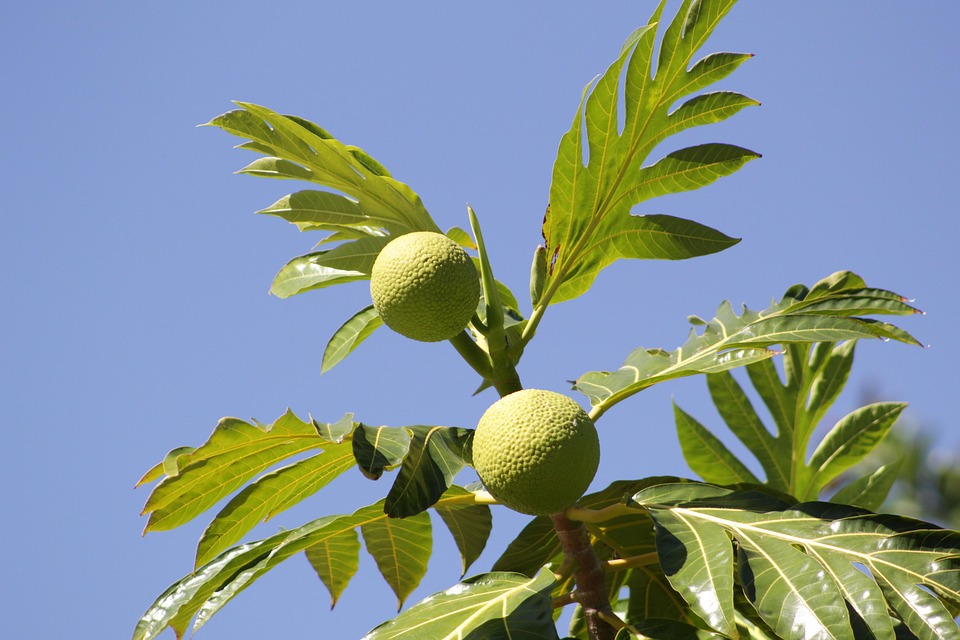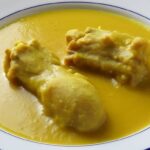
Long before it became a common sight in Belizean backyards and Sunday stews, breadfruit’s journey to the Caribbean—and eventually Belize—was the result of a global colonial experiment, a symbol of both botanical ambition and human resilience.
Breadfruit, scientifically known as Artocarpus altilis, is native to the South Pacific and was introduced to the Caribbean in the late 18th century by the British. The most famous expedition to transport breadfruit was led by Captain William Bligh aboard the HMS Bounty—a journey marred by mutiny but ultimately successful in its mission. The British believed breadfruit could be cultivated in the Caribbean as a cheap, high-yield food source to feed enslaved Africans working on sugar plantations.
By the 1790s, breadfruit trees began taking root across the British West Indies, including what would later become Belize. The tropical climate and fertile soil proved ideal for its growth, and while it was originally imposed as a utilitarian crop to reduce the cost of feeding laborers, breadfruit quickly transcended its colonial origins.
Belizean families—especially those of Garifuna, Creole, and East Indian descent—found creative ways to incorporate breadfruit into their diets. Whether roasted, boiled, fried, or turned into creamy soups, breadfruit became more than just sustenance; it became tradition. Its potato-like texture and ability to absorb flavors made it perfect for pairing with stewed meats, coconut milk-based dishes, and even street food fare.
Today, breadfruit in Belize represents more than just a meal. It is a culinary inheritance that speaks of migration, colonization, adaptation, and cultural fusion. Its shade provides comfort in village yards, and its fruit offers a warm, starchy reminder of how a Pacific plant became rooted in Caribbean identity—and beloved in the kitchens of Belize.
















